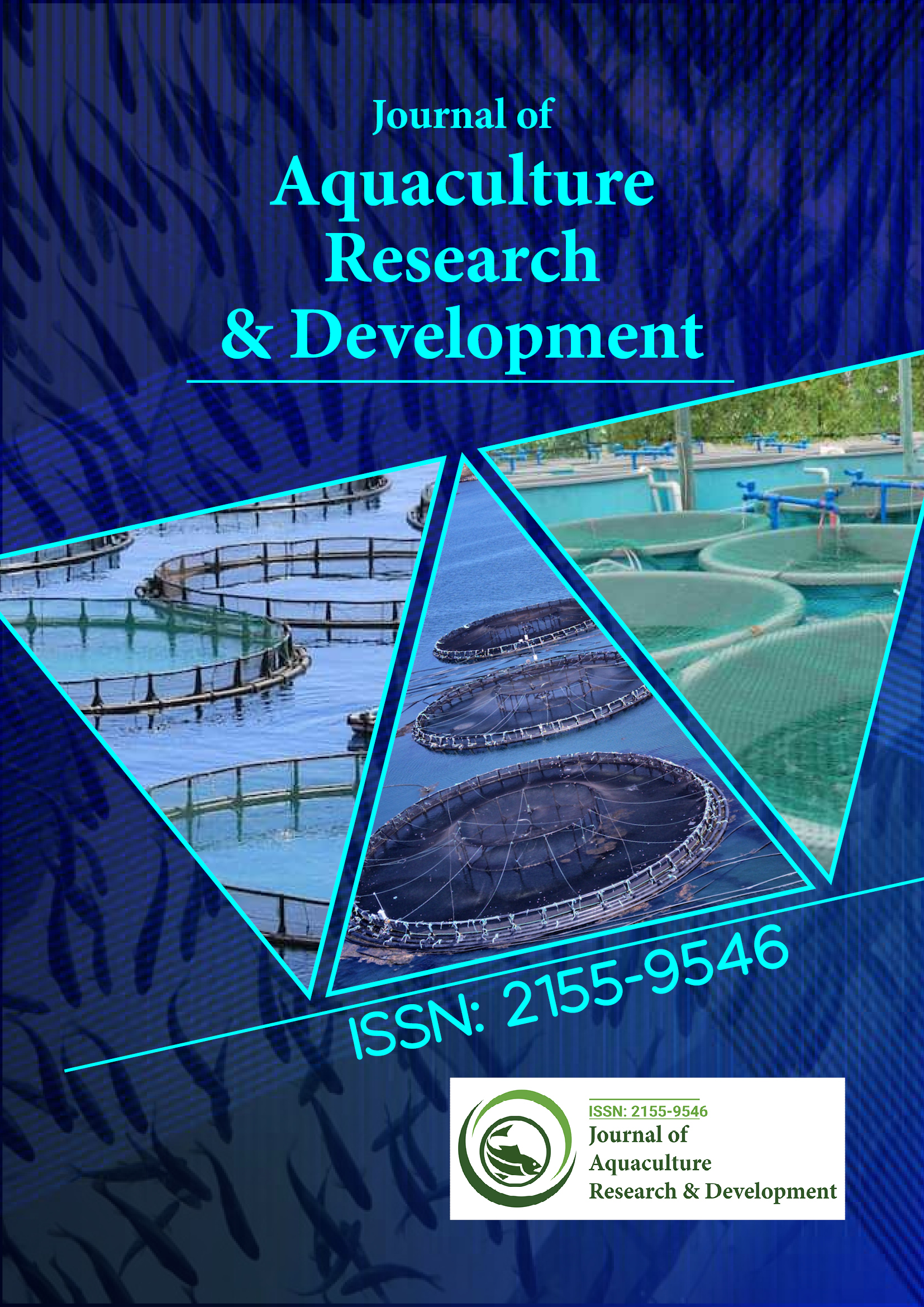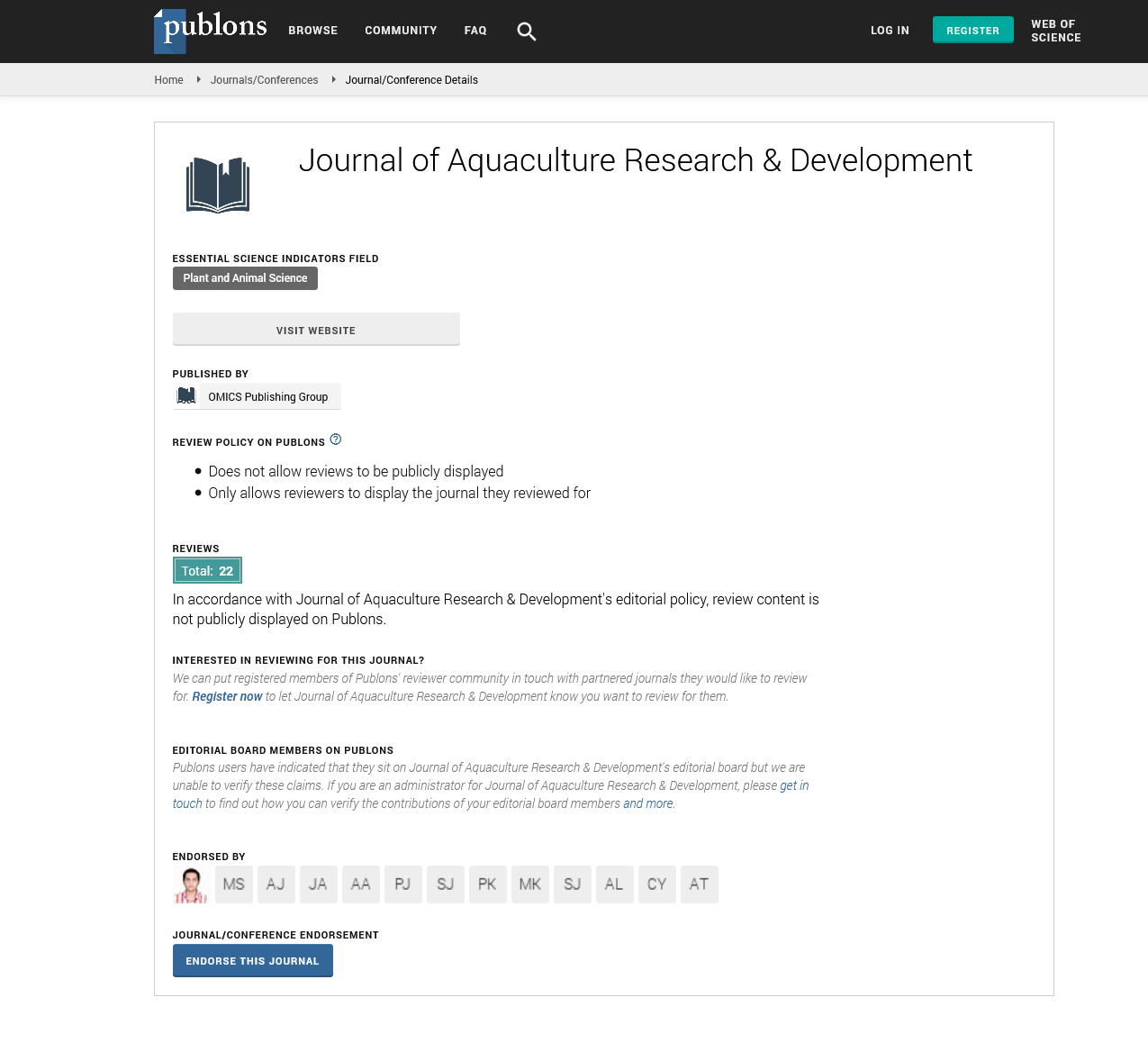Indexed In
- Online Access to Research in the Environment (OARE)
- Open J Gate
- Genamics JournalSeek
- JournalTOCs
- Scimago
- Ulrich's Periodicals Directory
- Access to Global Online Research in Agriculture (AGORA)
- Electronic Journals Library
- Centre for Agriculture and Biosciences International (CABI)
- RefSeek
- Directory of Research Journal Indexing (DRJI)
- Hamdard University
- EBSCO A-Z
- OCLC- WorldCat
- Scholarsteer
- SWB online catalog
- Virtual Library of Biology (vifabio)
- Publons
- MIAR
- University Grants Commission
- Euro Pub
- Google Scholar
Useful Links
Share This Page
Journal Flyer

Open Access Journals
- Agri and Aquaculture
- Biochemistry
- Bioinformatics & Systems Biology
- Business & Management
- Chemistry
- Clinical Sciences
- Engineering
- Food & Nutrition
- General Science
- Genetics & Molecular Biology
- Immunology & Microbiology
- Medical Sciences
- Neuroscience & Psychology
- Nursing & Health Care
- Pharmaceutical Sciences
Opinion - (2025) Volume 16, Issue 5
Influence of Toxic Substances on Fish Health and Function
Zhong Xie*Received: 28-Apr-2025, Manuscript No. JARD-25-29685 ; Editor assigned: 01-May-2025, Pre QC No. JARD-25-29685 (PQ); Reviewed: 15-May-2025, QC No. JARD-25-29685 ; Revised: 22-May-2025, Manuscript No. JARD-25-29685 (R); Published: 29-May-2025, DOI: 10.35248/2155-9546.25.16.996
Description
Heavy metals represent one of the most persistent groups of pollutants in aquatic ecosystems, accumulating through industrial discharge, mining activities, agricultural runoff and urban effluents. Fish, being at various levels of the food chain, are particularly vulnerable to the physiological stress induced by these metals. This review summarizes findings from the last two decades on the pathways of heavy metal uptake in fish and their effects on key physiological systems, including respiration, hematology, immunity, reproduction and metabolism. Understanding these impacts is critical for managing aquatic health, aquaculture production and food safety.
The expansion of industrial and agricultural activities has led to the widespread contamination of water bodies with heavy metals such as cadmium, lead, mercury, copper, zinc and chromium. Unlike organic pollutants, heavy metals are non-biodegradable and persist in sediments and water for extended periods. Fish physiology is particularly sensitive to these contaminants, as they are directly exposed through gills, skin and diet. The effects range from subtle biochemical changes to severe disruptions in organ function, growth and reproduction.
Heavy metals in aquatic environments
Aquatic environments receive heavy metals from diverse sources, including industrial effluents, mining residues, sewage discharge, urban stormwater, pesticide runoff and natural geological processes. Metals such as mercury and lead often originate from mining and smelting operations, while cadmium may come from phosphate fertilizers. These metals enter rivers, lakes, estuaries and coastal waters, where they persist, bioaccumulate and eventually reach fish populations.
Routes of uptake in fish
Fish absorb heavy metals primarily through three routes: gills, digestive tract and skin. Gills are a major site due to their high surface area and continuous contact with water. The digestive system is exposed through ingestion of contaminated food and sediment particles. Skin absorption is generally less significant but may be relevant in highly contaminated environments. Once inside the body, metals bind with proteins, enzymes and nucleic acids, leading to cellular and systemic alterations.
Respiratory and gill function alterations
Gills are directly exposed to waterborne metals, making them a key target for toxicity. Heavy metals interfere with ion exchange, oxygen uptake and acid-base balance. Structural damage such as lamellar fusion, epithelial lifting and necrosis has been observed in fish exposed to cadmium and copper. These changes reduce respiratory efficiency, increase energy expenditure and may lead to hypoxia. Chronic exposure can compromise overall metabolic performance and survival.
Hematological and biochemical changes
Hematological parameters serve as important biomarkers of heavy metal stress. Exposure to lead, chromium and cadmium has been shown to cause anemia, altered hematocrit and reduced hemoglobin content. Biochemical indicators such as elevated liver enzymes, altered glucose levels and disrupted ion balance have also been documented. These changes reflect systemic stress and provide insight into the physiological status of fish under heavy metal exposure.
Reproductive and developmental effects
Reproductive physiology is significantly affected by heavy metals. Cadmium and lead disrupt endocrine signaling, reducing the production of reproductive hormones such as estrogen and testosterone. Alterations in gonadal histology, reduced gamete quality, delayed maturation and lower fertilization rates have been reported. In developing embryos and larvae, exposure to mercury and cadmium leads to deformities, reduced hatching success and impaired survival. These reproductive effects contribute to long-term population declines in contaminated habitats.
Interactive effects of multiple metals
In natural aquatic environments, fish are rarely exposed to a single heavy metal. Mixtures of metals can have additive, synergistic, or antagonistic effects. For example, copper and zinc may compete for binding sites, while cadmium and lead may amplify toxicity when present together. Understanding these interactions is essential for realistic risk assessment, as combined exposures often enhance physiological stress in fish.
Heavy metals are persistent pollutants that significantly disrupt fish physiology. Their effects span oxidative stress, respiratory dysfunction, hematological and immune alterations, neurotoxicity, reproductive impairment and histopathological damage. The cumulative impact reduces fish fitness, aquaculture productivity and food safety. Effective monitoring, regulation and management strategies are essential to minimize risks and safeguard both aquatic ecosystems and human health.
Citation: Xie Z (2025). Influence of Toxic Substances on Fish Health and Function. J Aquac Res Dev. 16:996.
Copyright: © 2025 Xie Z. This is an open-access article distributed under the terms of the Creative Commons Attribution License, which permits unrestricted use, distribution, and reproduction in any medium, provided the original author and source are credited.

